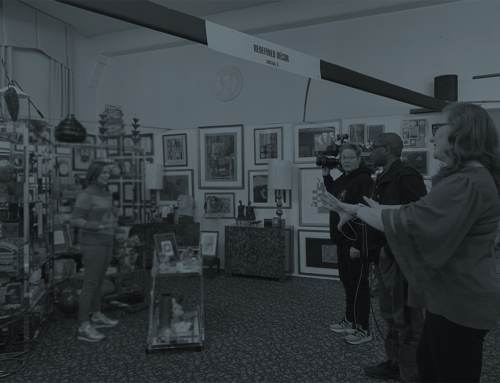As a public relations and integrated marketing agency, we stay abreast of what’s new in the marketing world, and Artificial Intelligence (AI) is high on our list of marketing trends to watch. Artificial Intelligence is impacting graphic design, copywriting, chat, customer segmentation, analytics, personalization, and more. Here’s our take on AI and the future of marketing.
1. ITS INFLUENCE COULD GROW QUICKLY
To take a look at where we’re headed, let’s take a quick trip down marketing memory lane.
- At the end of 1999, Google had only been out of beta for a year, and marketers were just beginning to talk about a hot new thing called Search Engine Optimization.
- In 2009, Forbes published a “Social Marketing Year in Review,” noting that brands were starting to add or increase social media budgets as part of their marketing mix, still a novel concept at the time.
- To put 2009 social media in perspective: Facebook had roughly 15% of the users it has today (350 million in 2009 compared to close to 3 billion daily active users in 2022), Twitter and Pinterest were only a year old, and no one had heard of Instagram or TikTok.
The takeaway: marketing’s tools, mediums, and influences can change seemingly overnight. While AI is at an early stage now, it could skyrocket in relevance in the next decade.
2. IT HAS THE POTENTIAL TO SOLVE MARKETING PROBLEMS
The classic description of marketing: get the right message in front of the right audience at the right time and via the right medium. To do this, marketers are continually seeking new ways to understand their customers and target audience, and then personalize their marketing methods and messaging accordingly. AI has the ability to predict accurately and respond quickly. As it becomes more integrated as a marketing tool, it will be able to identify a niche customer set, predict their behavior, and then serve up ultra-personalized messaging designed to appeal to them. This potential can solve the age-old problem of how to achieve scale efficiently while still reaching customers personally.
3. IT’S A TOOL, NOT A TAKEOVER
Today, there are many AI copywriting platforms online, AI’s language generation and “speaking” capabilities have vastly improved, and AI is poised to disrupt the graphic design industry with its ability to generate fully-designed images. Still, these offerings are not without their flaws. AI copywriting, for example, is still dependent on human input and still requires a human editor to ensure the copy captures the intended meaning.
AI-driven marketing will become another essential tool in the toolbox, but just like digital marketing or social media, it won’t completely replace all the other tools. What’s more, the brains, skills, and experience of human marketers are still necessary to create and execute integrated strategies and adapt to new innovations as they come.
Winger Marketing is a group of (fully human), experienced marketers who help clients amplify their brands. To learn more about ways to elevate your marketing, reach out to us.









